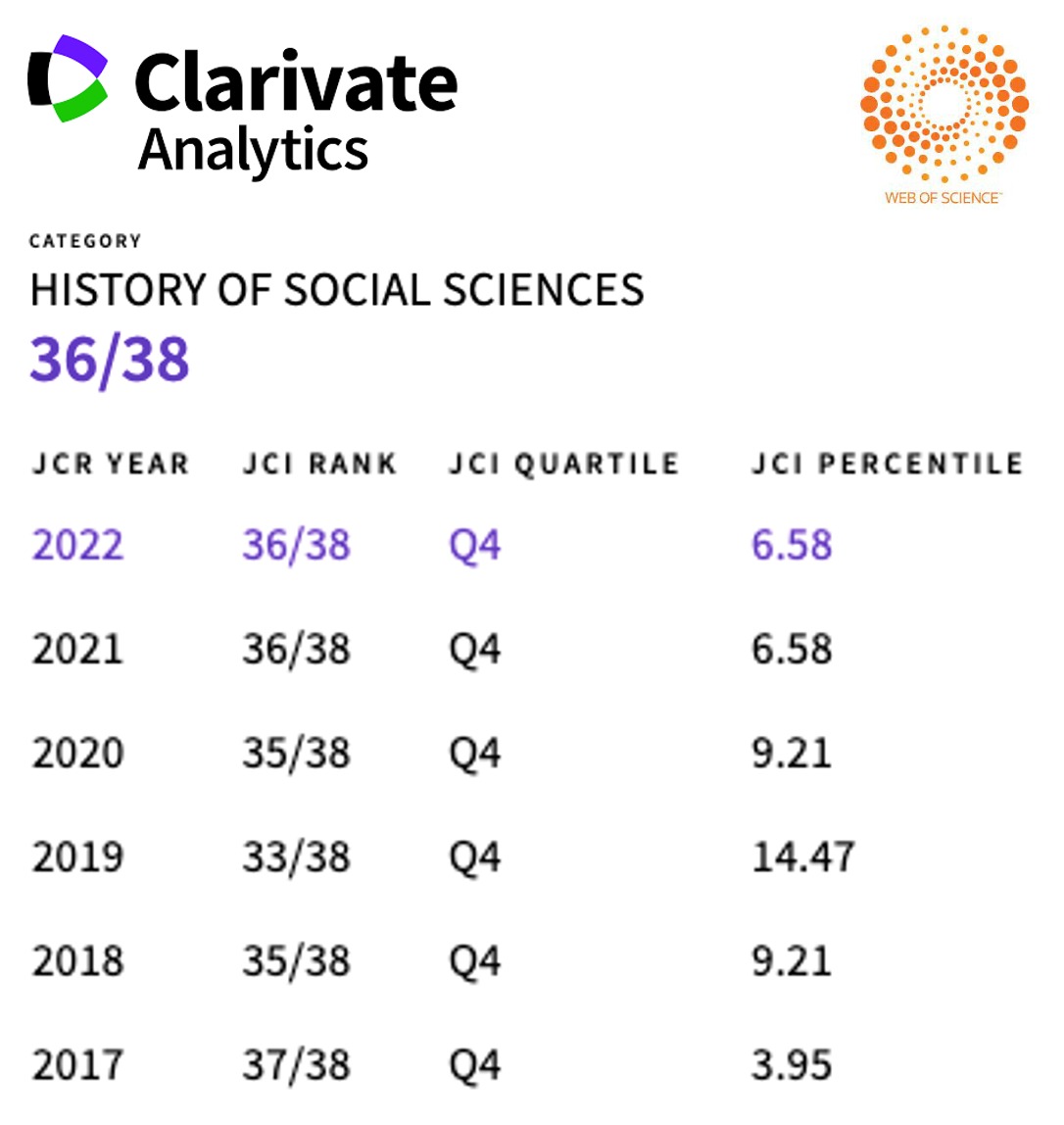Affirmative Action for Minorities in India: Constraints and Possibilities
Keywords:
Downloads
Abstract
India is one of the most socially fragmented and unequal societies of the world. At the same time, it has the distinction of having the longest history of most elaborative affirmative action programmes for alleviating socially structured inequalities. While the affirmative action programmes have wider coverage in terms of social groups, there is continuing demand by new social groups for getting acknowledged as ‘disadvantaged’ and inclusion in the system of affirmative action. While group based ‘reservation’ as the most vital instrument of social justice has long been under fire and grappling with several challenges, the social justice regime is faced with the charge that it has largely excluded nation’s religious minorities. Of course, religion based affirmative action is faced with many constraints; nevertheless there are possibilities for it. This article discusses the constraints and possibilities of affirmative action for disadvantaged religious minorities, Muslims in particular.
Downloads
Downloads
Published
Almetric
Dimensions
How to Cite
Issue
Section
License
All articles are published under Creative Commons copyright (CC BY). Authors hold the copyright and retain publishing rights without restrictions, but authors allow anyone to download, reuse, reprint, modify, distribute, and/or copy articles as the original source is cited.
.

















